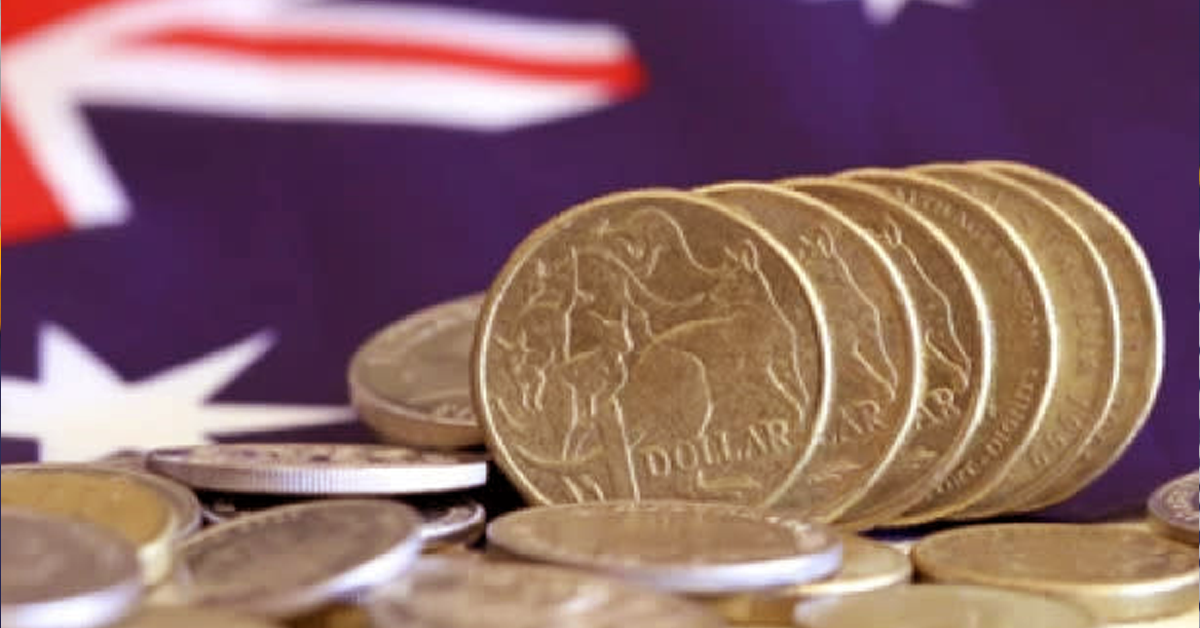Fed Officials Advocate Patience, Hint at Rate Cut Timing
On Tuesday, several Federal Reserve officials emphasized the need for more concrete evidence of cooling inflation before considering lowering interest rates. They also provided some insights into when such a move might be expected.
Fed Governor Adriana Kugler indicated that a rate cut could be appropriate “sometime later this year” if economic conditions evolve as she anticipates. Meanwhile, St. Louis Fed President Alberto Musalem suggested it might take “quarters” for the data to justify a cut, highlighting the cautious approach the Fed is taking.
Both New York’s John Williams and Richmond’s Thomas Barkin refrained from offering a specific timeline for a rate reduction. However, they, along with other officials, stressed the importance of economic data in guiding future policy decisions. The Fed has maintained borrowing costs at a two-decade high for nearly a year and appears in no hurry to lower them. Last week, Fed officials projected only one rate reduction for 2024, down from the three initially expected in March.
Earlier this year, inflation unexpectedly rebounded in the first quarter, surprising Fed officials who had observed a significant cooling in price pressures during the latter half of 2023. Despite recent encouraging price data, policymakers remain cautious. Boston Fed President Susan Collins highlighted the importance of not “overreacting to a month or two of promising news.”
When asked about the possibility of one or two rate cuts this year, Collins suggested that scenarios consistent with both could be imagined, although she noted that her view on the extent of easing needed this year has diminished based on the data.
The Fed’s cautious stance was evident in the quarterly projections released last week, with four officials forecasting no cuts in 2024. Musalem noted that he would need to see a period of favorable inflation, moderated demand, and expanding supply before supporting a rate reduction, suggesting this process could take months or even quarters.
Recent economic reports have painted a mixed picture. While employment growth remains strong, consumer spending has tempered, and inflation has cooled following a surprising acceleration in the first quarter. Data published Tuesday showed that US retail sales barely rose in May, with prior months’ figures revised lower, although payrolls surged by 272,000 in the same month.
Kugler expressed confidence that the current monetary policy stance is sufficiently restrictive to cool the economy and bring inflation back towards the 2% target without causing a sharp economic contraction or significant labor market deterioration. This cautious and data-dependent approach underscores the Fed’s commitment to carefully navigating the path toward potential rate cuts.












